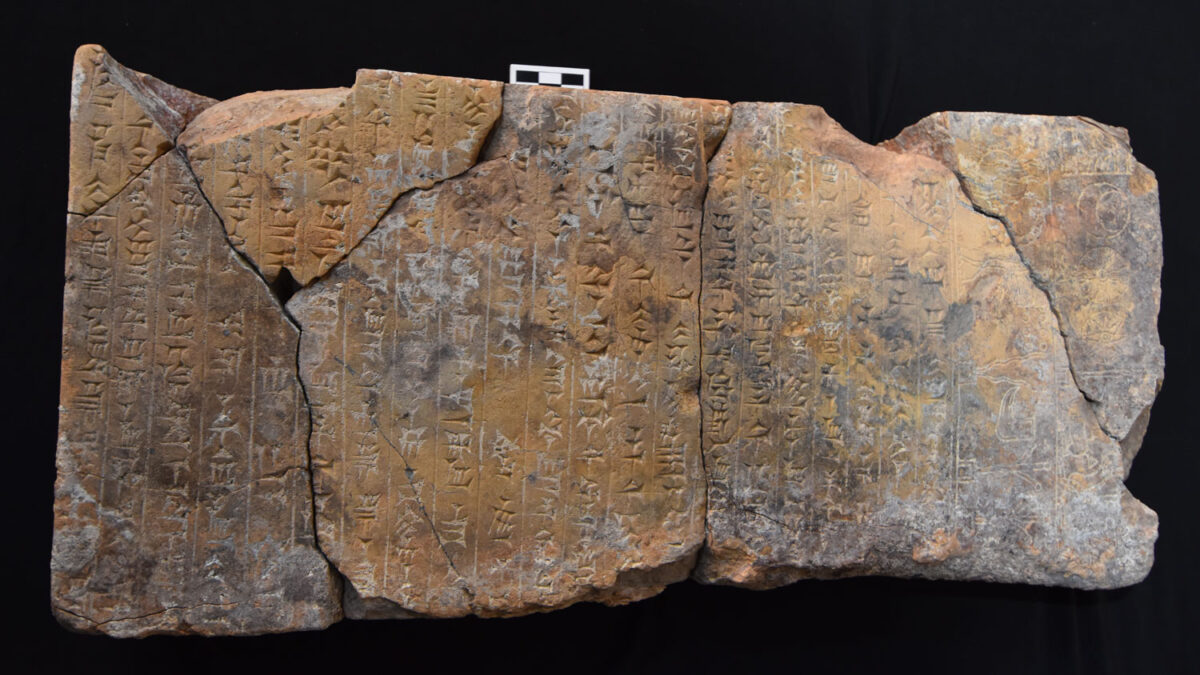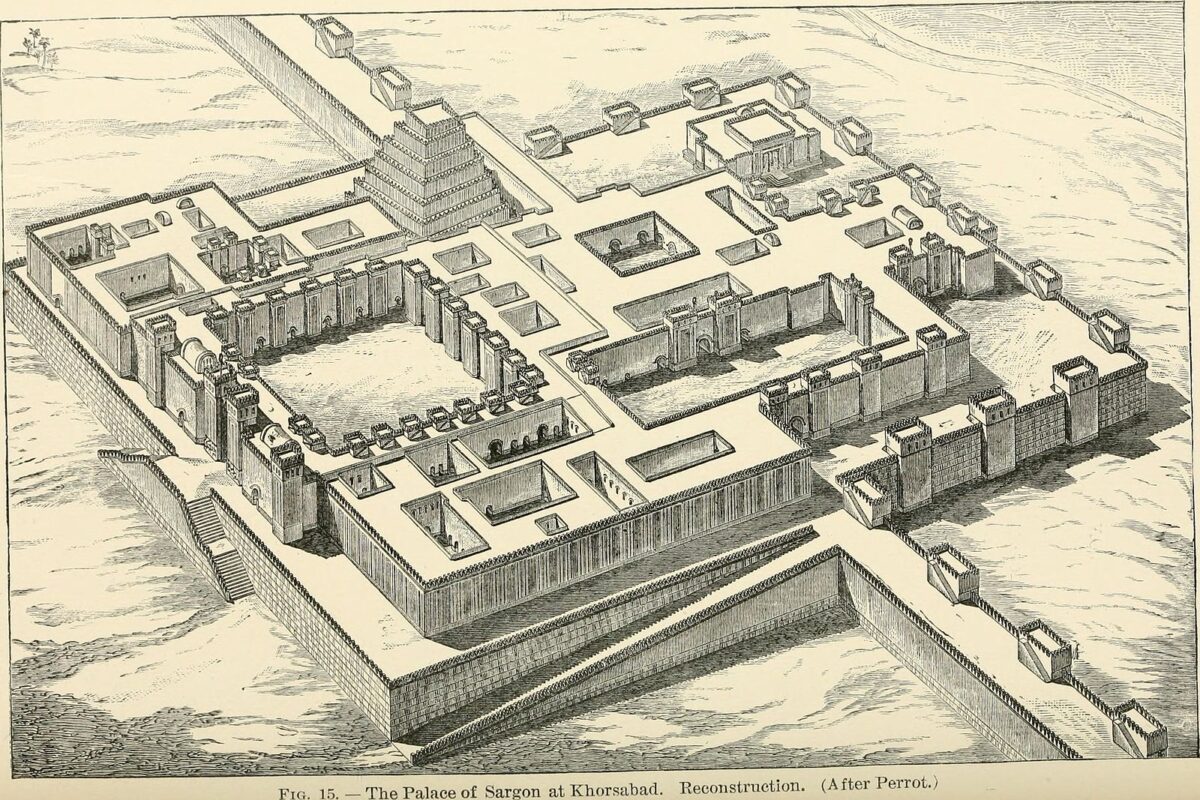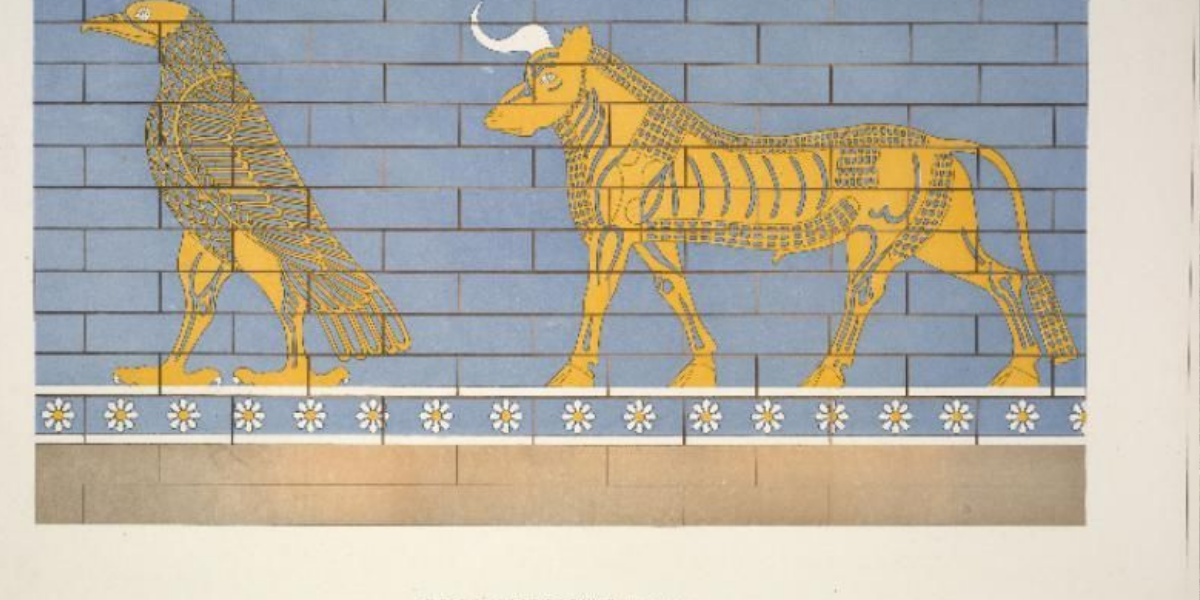
Very well-preserved temples were discovered in the Assyrian Ninurta Temple in Nimrud
Recent archaeological efforts at the ancient site of Nimrud, spearheaded by the Penn Museum in partnership with Iraqi archaeologists, have revealed two exceptionally well-preserved shrines within an Assyrian temple that was set ablaze approximately 2,600 years ago. As part of the museum’s Nimrud Project, which is one of the initiatives under the Iraq Heritage Stabilization

Experts have uncovered a 127-room villa in a new magnetic survey conducted at the ancient Assyrian capital of Khorsabad
Experts have uncovered a 127-room villa in a new magnetic survey conducted at the ancient Assyrian capital of Khorsabad in northern Iraq have carried out a comprehensive magnetic survey at Khorsabad, the former capital of the ancient Assyrian Empire. Utilizing advanced technology, they have uncovered the remnants of a vast villa featuring 127 rooms, along

Assyriologist makes new interpretations of ancient symbols in a 2,700-year-old temple
Assyriologist Dr. Martin Worthington has made new interpretations of ancient symbols found in a 2,700-year-old temple in the ancient city of Dur-Šarrukin, home to King Sargón II, ruler of Assyria from 721-704 BC. Dur-Šarrukin is located in Khorsabad, in present-day Iraq. Dur-Šarrukin means “fortress of Sargon”. Sargon II, who built Dur-Sharrukin (Khorsabad), was given the
